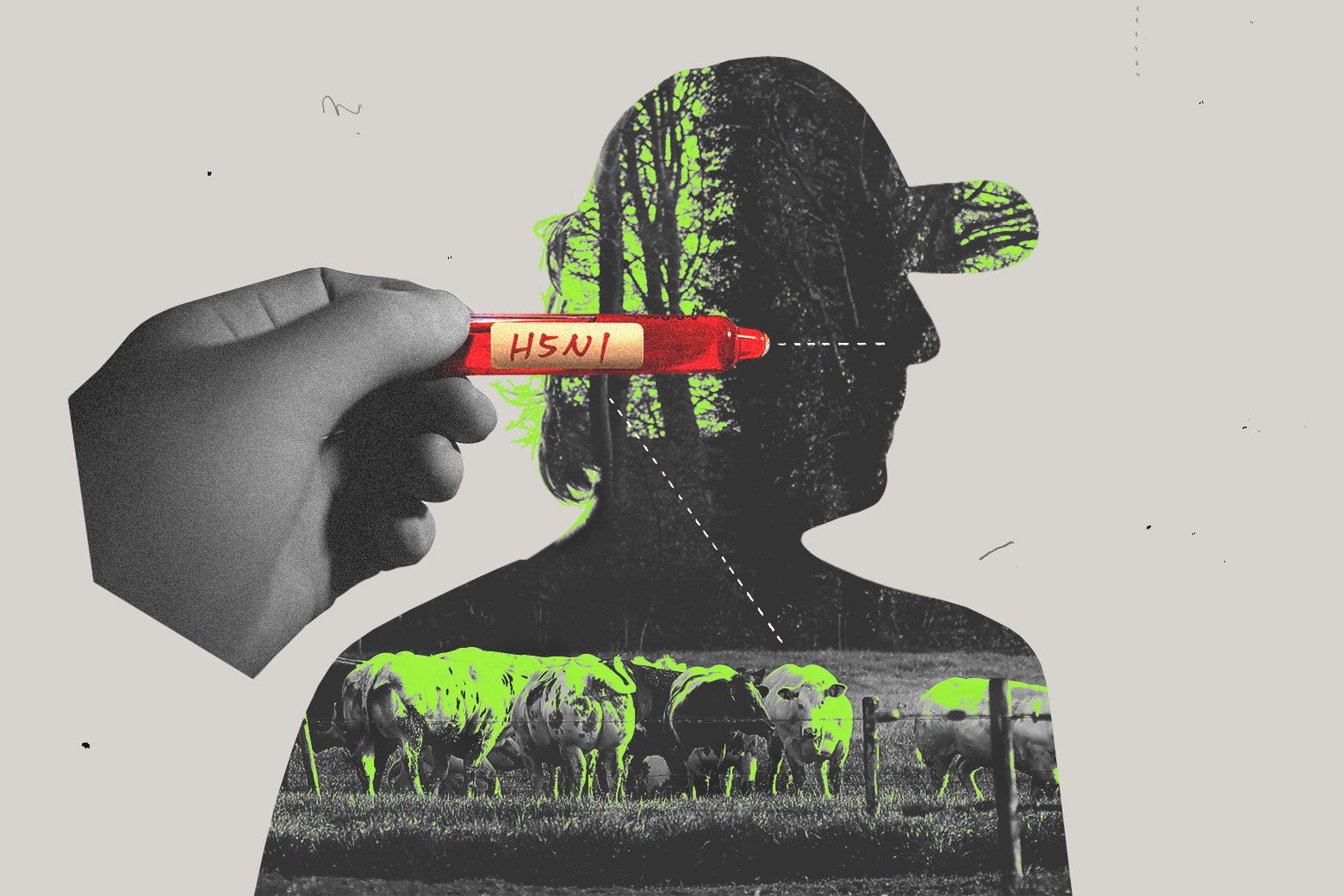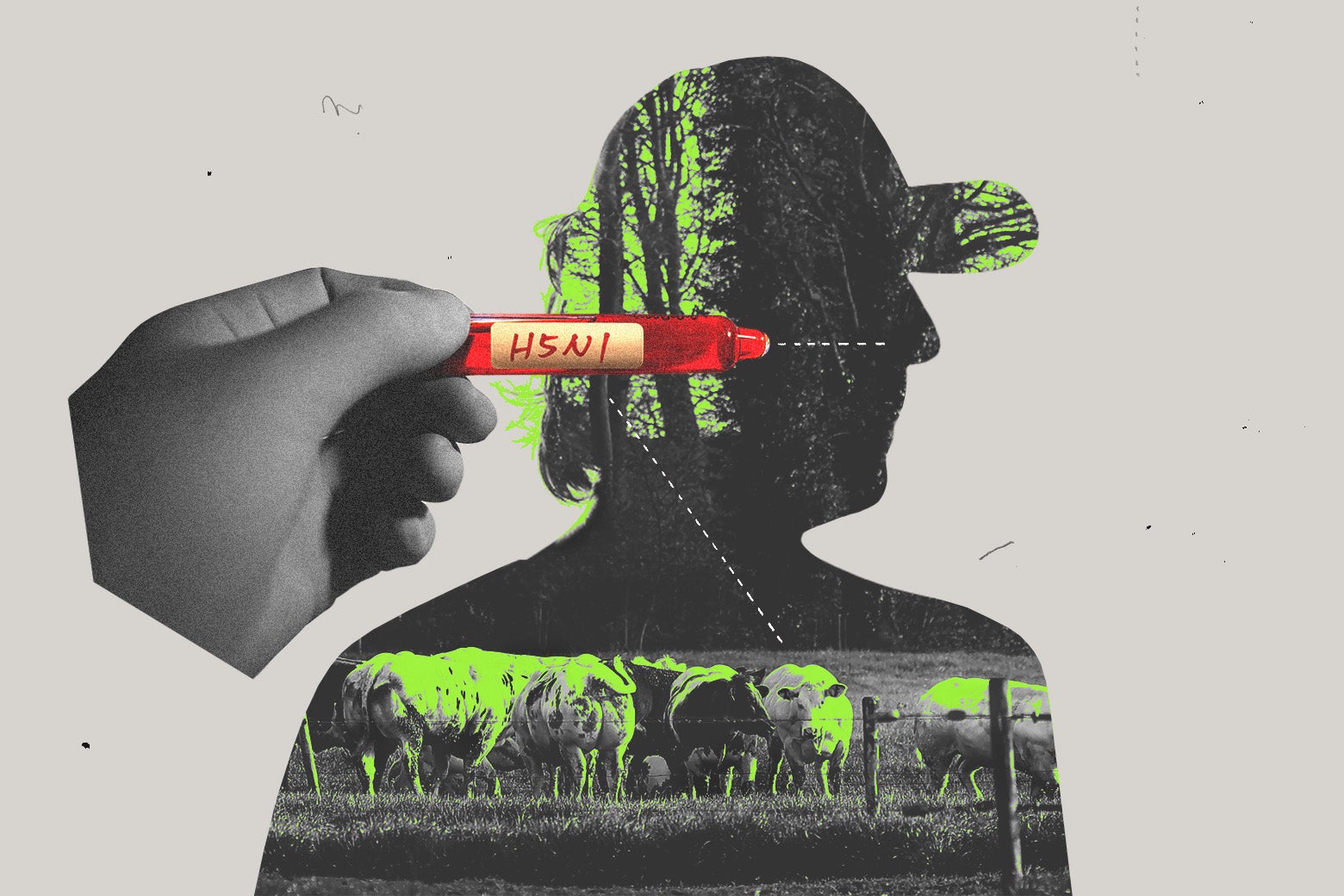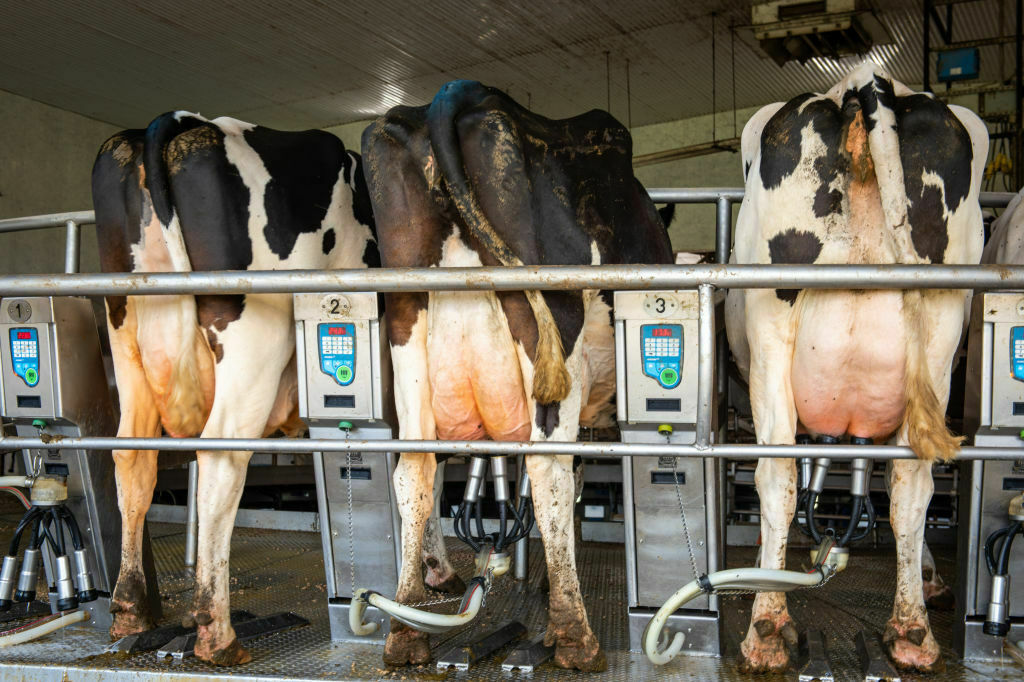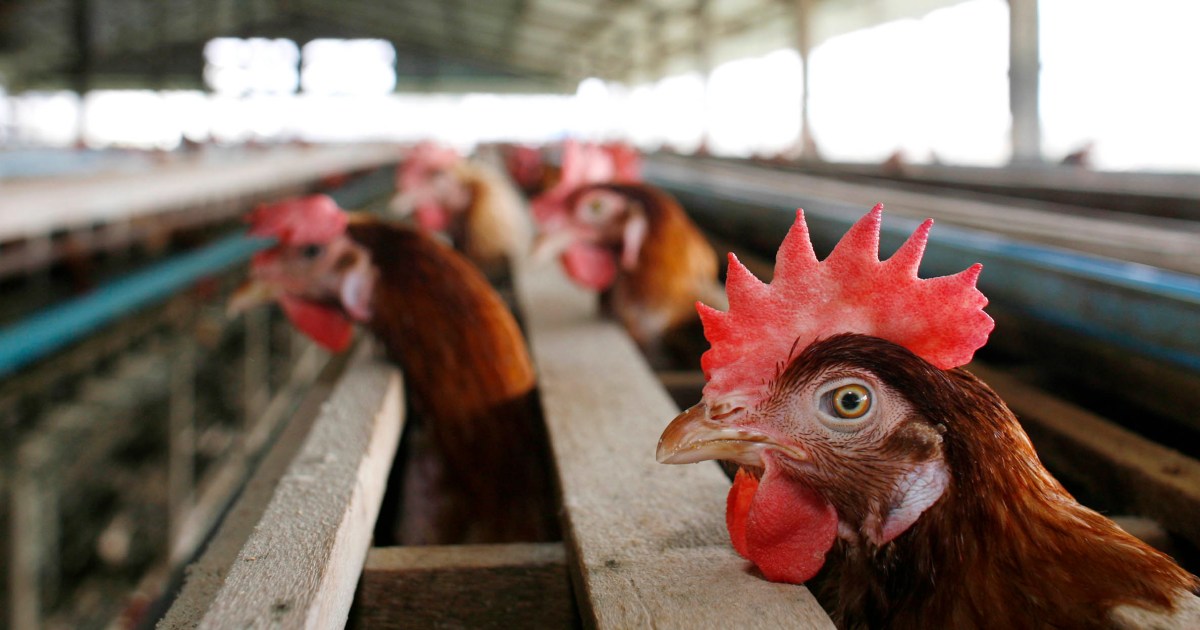
Bird flu, a highly contagious virus among birds, has been making headlines due to its recent spread to mammals and humans. The virus, specifically the H5N1 strain, has been detected in dairy cattle in various states across the U.S., leading to concerns about its potential impact on human health.
The first documented case of bird flu transmission from a cow to a human occurred earlier this month when a farmworker in Texas tested positive for the virus. This marked the second human infection with bird flu since its arrival in the U.S. late last year.
Bird flu has been decimating wild bird populations, including pelicans, vultures, and raptors, and has traveled to various animals around the world including polar bears in the Arctic and penguins in Antarctica. The virus's arrival among dairy cattle is a cause for concern due to its potential impact on human health.
The H5N1 strain of bird flu is highly pathogenic, meaning it can cause severe illness and death in birds. In mammals, the virus can lead to respiratory symptoms similar to those seen in humans with influenza. However, the risk of transmission from animals to humans remains low.
Scientists are closely monitoring the situation and studying the virus to determine if it can evolve to better infect mammals and pose a greater threat to human health. They are particularly interested in mutations that could make the virus more transmissible between humans or enhance its ability to cause severe disease.
The multi-state bird flu outbreak is affecting dairy farms across the country, with over a dozen states reporting cases among dairy cattle. While health officials are on high alert, the current risk to the general public is low. However, it's important for people to take precautions when handling poultry or working around birds.
The first human case of bird flu in the U.S. was reported in December 2021 when a man from Colorado tested positive after coming into contact with infected poultry at a live bird market. The second case, involving the dairy worker in Texas, marks the first documented cow-to-human transmission of an avian influenza virus.
It's important to note that while bird flu is a concern, it's not the only virus making headlines. The ongoing COVID-19 pandemic continues to pose a significant threat to public health and safety. As always, it's crucial for people to stay informed about the latest developments in both areas and take appropriate precautions.





